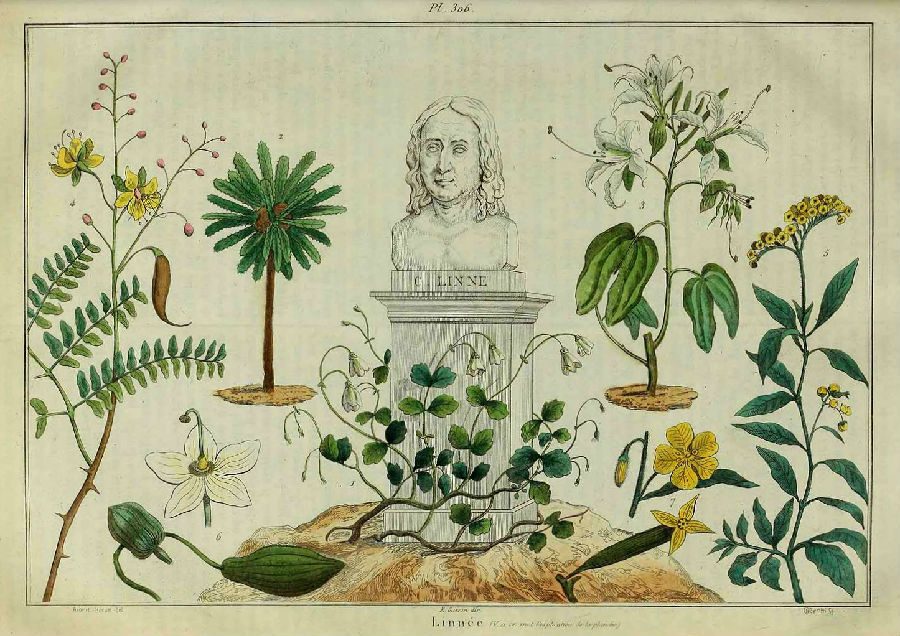Though his work dates from the 1730s, it didn't become widely known in England until the 1760s, just in time to make Linnaeus a kind of father figure to British naturalists. Nowhere was his system embraced with greater enthusiasm (which is why, for one thing, the Linnaean Society has its home in London and not Stockholm).

Linnaeus was not flawless. He made room for mythical beasts and "monstrous humans" whose descriptions he gullibly accepted from seamen and other imaginative travelers. Among these were a wild man, Homo ferus, who walked on all fours and had not yet mastered the art of speech, and Homo caudatus, "man with a tail." But then it was, as we should not forget, an altogether more credulous age. Even the great Joseph Banks took a keen and believing interest in a series of reported sightings of mermaids off the Scottish coast at the end of the eighteenth century. For the most part, however, Linnaeus's lapses were offset by sound and often brilliant taxonomy. Among other accomplishments, he saw that whales belonged with cows, mice, and other common terrestrial animals in the order Quadrupedia (later changed to Mammalia), which no one had done before.












